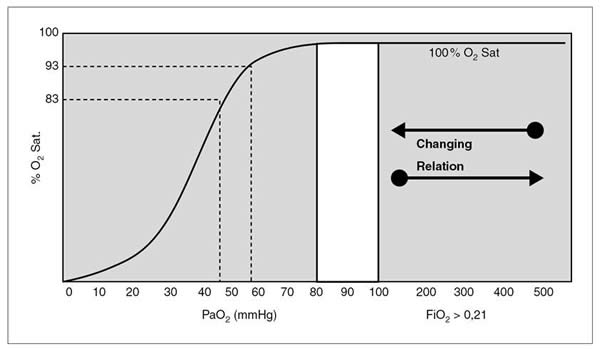oxygen delivery devices and flow rates australia
However when breathing with the NRB an O 2 flow rate of 15 Lmin-1 is required to reach these levels. Refer to oxygen protocol Non-Rebreathing Mask.

Buy Hospital Bed In 2021 Hospital Hospital Bed Best Hospitals
The increased efficiency is achieved through increased complexity.
. Nasal cannulae-delivering low flow rates of 24 Lmin or more are provided to patients almost automatically in a range of common clinical situations without the oxygen even necessarily being prescribed. Delivery devices work with different flow rates. 200969111 Bailey P Thomsen GE Spuhler VJ et alCrit Care MedJan2007351139145.
When tightly fitted they can provide approximately 100 oxygen. Adapters deliver set amounts of FiO2 at 24 to 60. Of the commonly available devices promoted for O₂ delivery to injured divers similar PtcO₂ and nasopharyngeal FIO₂ values were obtained with the three devices tested.
Low-flow oxygen delivery systems deliver oxygen at flow rates below the patients inspiratory flow rate entrain room air and provide a variable FiO2. All high flow systems require humidification. Venturi masks are high flow delivery devices.
Can delivery precise and dependable FiO2. Venturi valves deliver the following fixed. A pressure reading barometer displays the remaining oxygen.
Each valve is colour coded Figure 3 although newer valves can be set at the desired FiO2 in a single unit. A regulator is attached to the cylinders top and works like a tap allowing the safe adjustment of oxygen flow rate provided in Lmin 1. When tubing was used below the face flow rates between 6 and 8 Lmin produced somewhat higher concentrations than 15 Lmin 5 cm.
Oxygen therapy can be delivered using a low flow or high flow system. FiO2 is defined as the percentage or concentration of oxygen that a person inhales the fraction of inspired oxygen. So the maximum oxygen which can be delivered by nasal cannula is 44.
MORS with an oronasal or intraoral mask demand valve with an. The tip of nasal cannula should lie in nasopharynx. Connect the face mask to the oxygen cylinder.
They include Nasal cannulae. The flow rate can be set on the wall tap. Fit the face mask to the patients face and adjust the mask to comfort with elastic straps and nasal metal strip.
6 rows Device. These are another type of Oxygen Delivery Devices can deliver up to 80 of oxygen. The type of humidification device selected will depend on the oxygen delivery system in use and the patients requirements.
1-2 Lmin via nasal cannulae or 2-4 Lmin via 24 or 28 Venturi mask in patients with acute exacerbations of COPD or conditions known to. Oxygen delivery devices and flow rates emt Get link. Blake DF Crowe M Lindsay D Brouff A Mitchell SJ Pollock NW.
They have valves which deliver a fixed concentration of oxygen eg. Comparison of tissue oxygenation achieved breathing oxygen from a demand valve with four different mask configurations. The recommended initial oxygen flow rate for open-circuit systems employing a.
When the tap is manually opened the oxygen takes the line of least resistance to the patient via an oxygen delivery device eg. A 28 valve will have a smaller hole than a 40 valve and so on. The percentage of oxygen inspired depends on the flow rate and the delivery device.
The oxygen flow rate and the FiO2. A comparison of the tissue oxygenation achieved using different oxygen delivery devices and flow rates. When delivering oxygen by wafting the highest oxygen concentrations are achieved when positioning tubing 5-15 cm in front of the face or positioning tubing or a paediatric non-rebreather mask 5-10 cm below.
Set flow rate at 5 to 8 litres per minute. Flow rate 1-4Lmin 4L will dry the nose 2L is more comfortable. Connect the face mask to the oxygen cylinder.
The humidifier should always be placed at a level below the patients head. Set flow rate at 10 to 15 litres per minute. 2 to 15 Lmin.
If oximetry is not available or reliable oxygen saturations cannot be determined and hypoxaemia is suspected oxygen can be delivered at. It varies from 0 15L per minute. The oxygen flow rate is the number that we dial up on the oxygen flow metre usually between 1-15Lmin.
The required oxygen flow rate can be very low often between 08 and 15 Lmin-1. Only goes up to 60 FIo2 so not for patients who have significantly high oxygen demands bulky. There are two important things to consider when delivering supplemental oxygen to your patient.
Peak nasopharyngeal F I O 2 was highest with the NRB with a flow rate of 15 Lmin-1 Table 3 though 10-min P tc O 2 values were similar for each device. 2435 FiO2 at a flow of 14. Oxygen Delivery Devices 1 Flow Is A Variable Describing In 2021 Icu Nursing Nursing Tips Critical Care Nursing Pin On Rt Ships Free.
Oxygen Delivery Systems LOW FLOW OXYGEN DEVICES HIGH FLOW OXYGEN DEVICES Cannot deliver constant FiO 2 Maintain constant FiO 2 Flow 6 - 8 Lmin Delivering O 2 at very high flow Mixture of oxygen room air Flow usually 4 times the actual Minute volume FiO 2 varies with tidal volume-Shallow breathing less entrainment of room air high FiO 2. Low flow device Most common device used for mild hypoxia Can be set between 1 and 6 LPM 24 to 40 FiO2 FiO2 increases approximately 4 with each liter of O2 KorupoluR GJ Needham DMContemporary CriticalCare. Oxygen flow rate was controlled via a standard wall-mounted flow rate metre CIG Health Care Comweld Group Pty Ltd Australia with testing conducted at a flow rate of 15 Lmin for all devices and additionally for flow rates of 6 and 8 Lmin when using oxygen tubing.
Tube with a mask or nasal cannula.
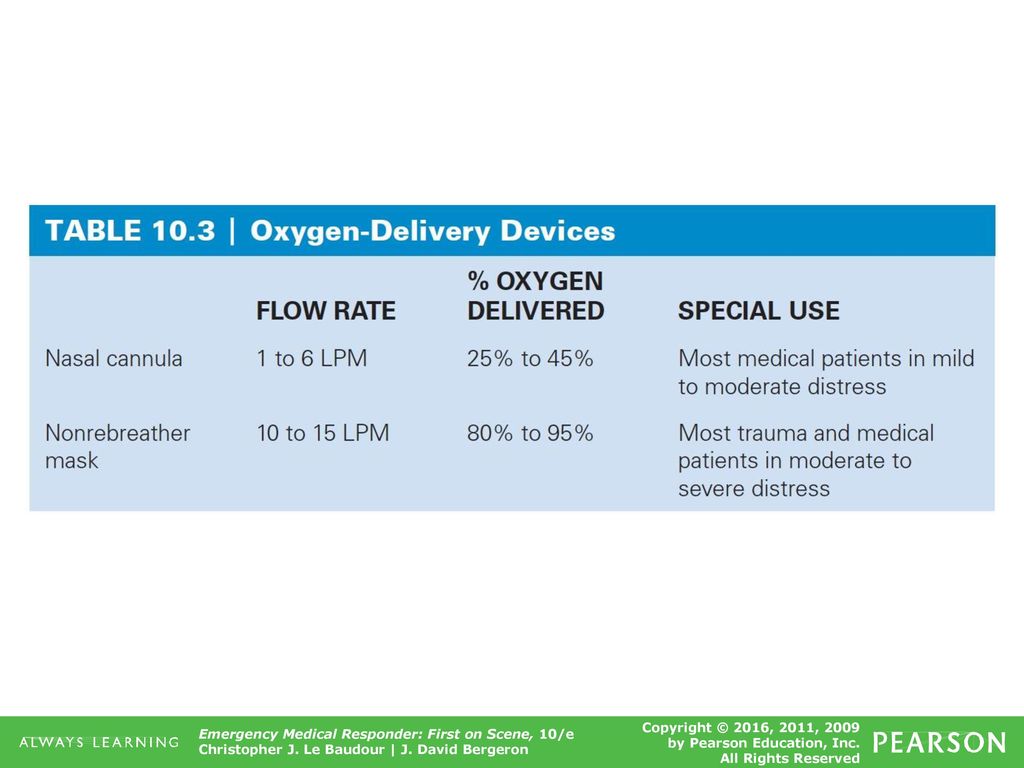
10 Principles Of Oxygen Therapy Ppt Download

Preoxygenation Deoxygenation And Reoxygenation During Intubation
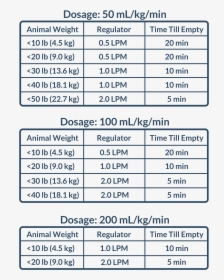
Oxygen Png Images Transparent Oxygen Image Download Pngitem
Clinical Guidelines Nursing Oxygen Delivery
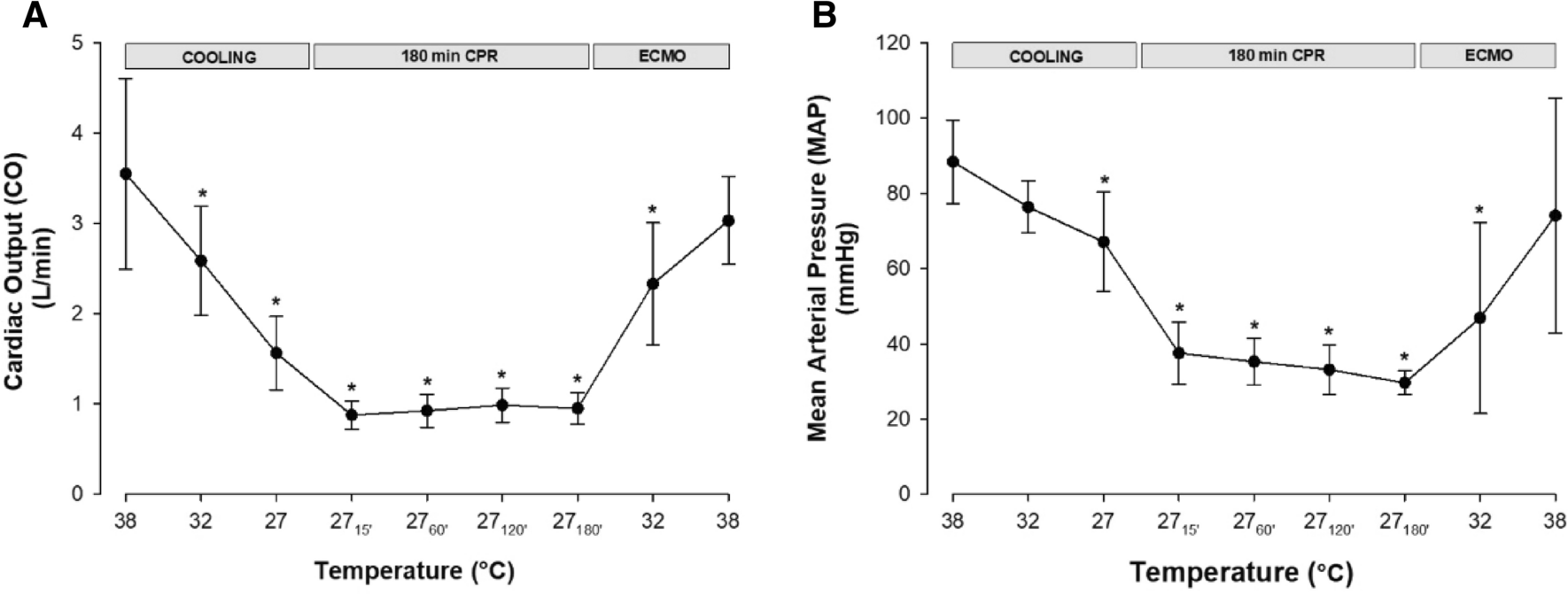
Effects Of Rewarming With Extracorporeal Membrane Oxygenation To Restore Oxygen Transport And Organ Blood Flow After Hypothermic Cardiac Arrest In A Porcine Model Scientific Reports

Nursing Jobs Are Noble Profession Especially In Aboard You Can Earn More In Aboard On Nursing Professions Emergency Nursing Nursing Jobs Nursing Profession

Automatic Oxygen Titration Versus Constant Oxygen Flow Rates During Walking In Copd A Randomised Controlled Double Blind Crossover Trial Thorax

Efficacy Of High Flow Nasal Cannula Vs Standard Oxygen Therapy Or Nasal Continuous Positive Airway Pressure In Children With Respiratory Distress A Meta Analysis The Journal Of Pediatrics

Oxygen Delivery System Side 1 Nursing School Notes Nursing Notes Respiratory Therapist Student

Oxygen Delivery System Side 1 Nursing School Notes Nursing Notes Respiratory Therapist Student

Efficacy Of High Flow Nasal Cannula Vs Standard Oxygen Therapy Or Nasal Continuous Positive Airway Pressure In Children With Respiratory Distress A Meta Analysis The Journal Of Pediatrics

To Help Patients Breathe Easier We Sell A Variety Of Oxygen Therapy Supplies Including Portable Oxygen Tanks Oxygen Therapy Oxygen Concentrator Oxygen Tanks
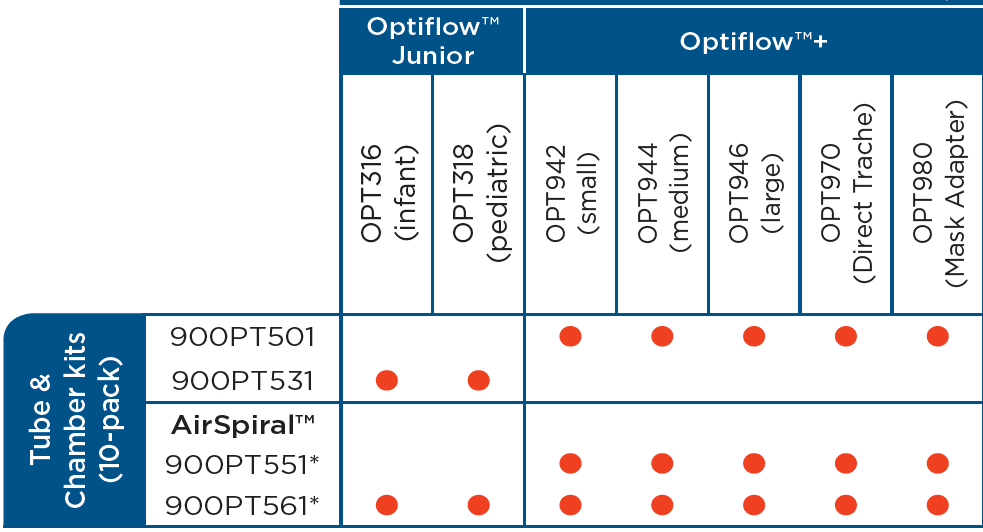
Clinical Guidelines Nursing Oxygen Delivery
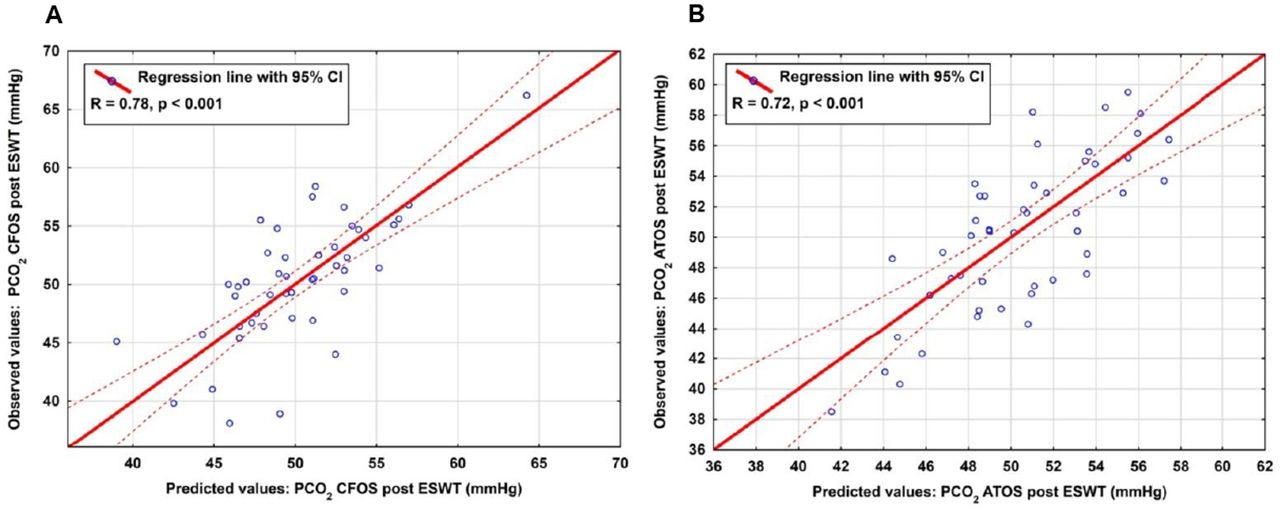
Automatic Oxygen Titration Versus Constant Oxygen Flow Rates During Walking In Copd A Randomised Controlled Double Blind Crossover Trial Thorax
